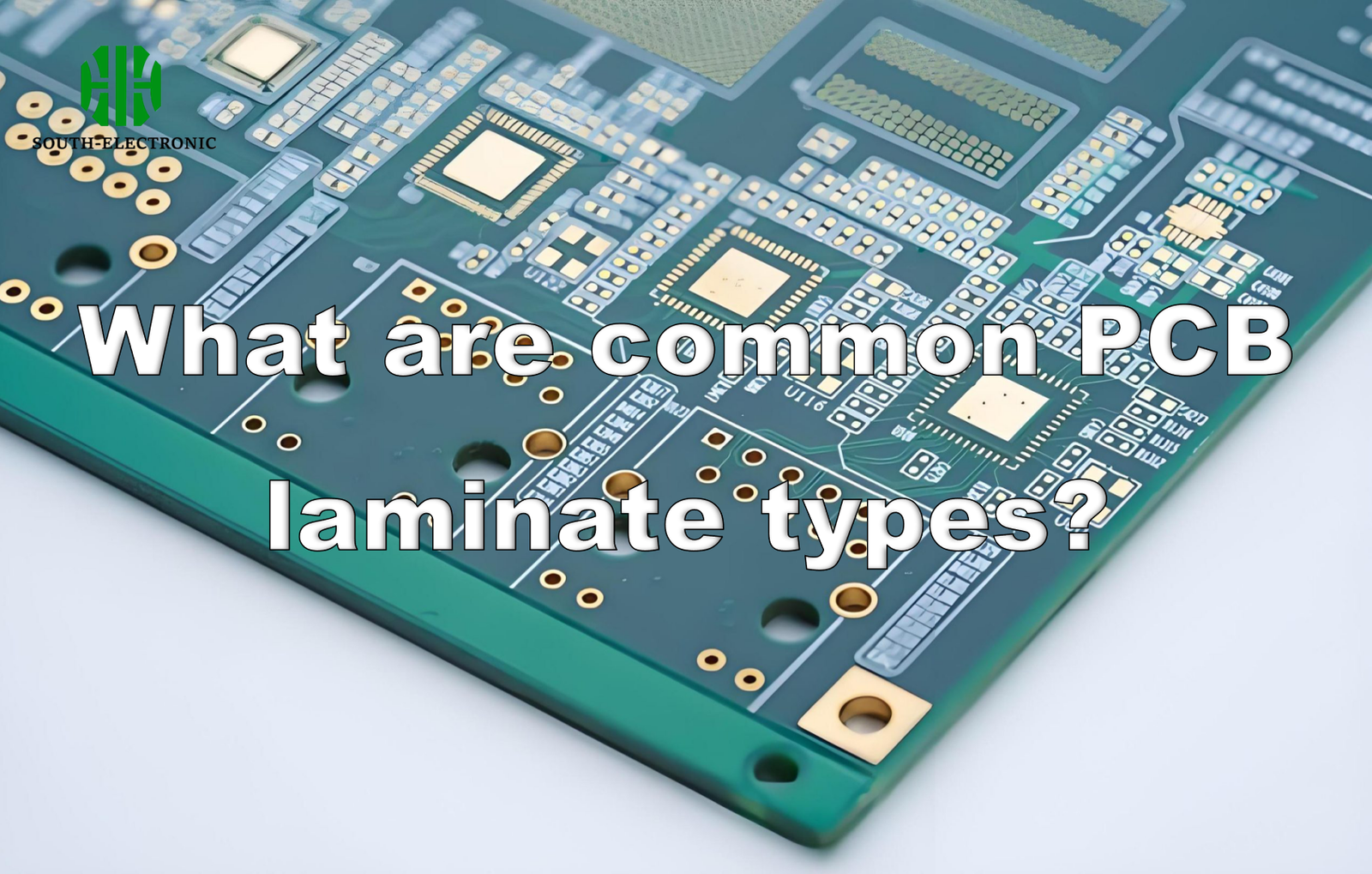Struggling with PCB material selection? Choosing wrong laminate types creates failures. Discover key solutions now.
FR-4 dominates general electronics with fire resistance. Metal-core laminates handle heat dissipation. For high-speed needs, Teflon/PTFE delivers. Flexible circuits require polyimide sheets. Manufacturers create special formulations like high-Tg epoxy for thermal stress.
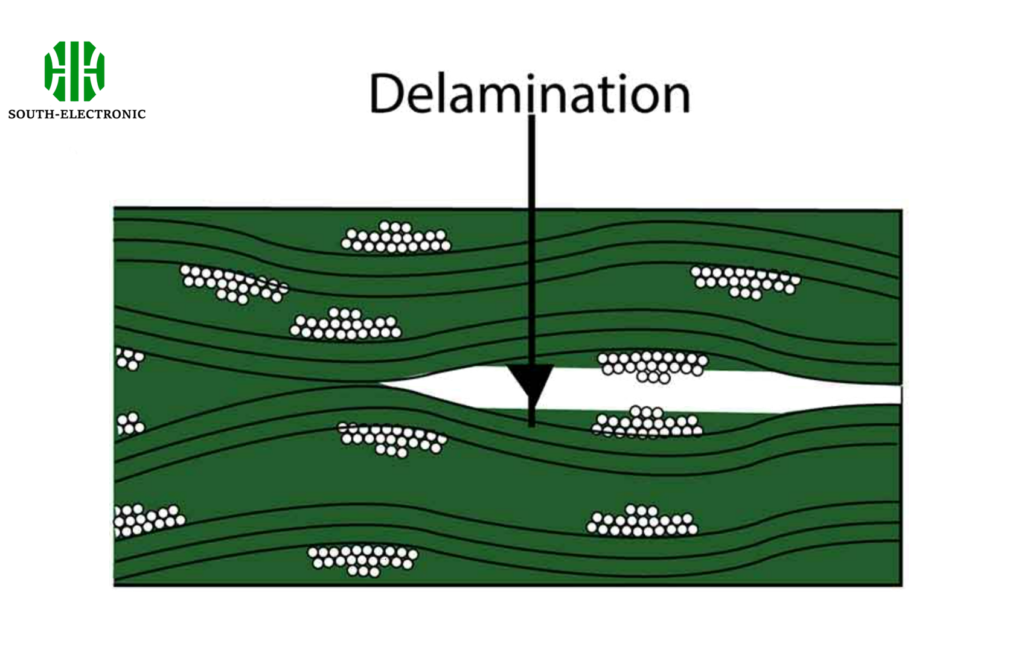
Understanding these types forms your foundation. Now explore deeper questions about PCB laminate[^1]s.
What is the difference between laminate and core PCB?
Confused by PCB terminology? Mistaking them causes design faults. Clear distinction clarifies everything.
PCB laminate is basic copper-clad material for etching traces. The core is pre-made structure with cured laminate layers. Laminates become cores after pressing. Prepreg bonds cores together in multilayer stacking.
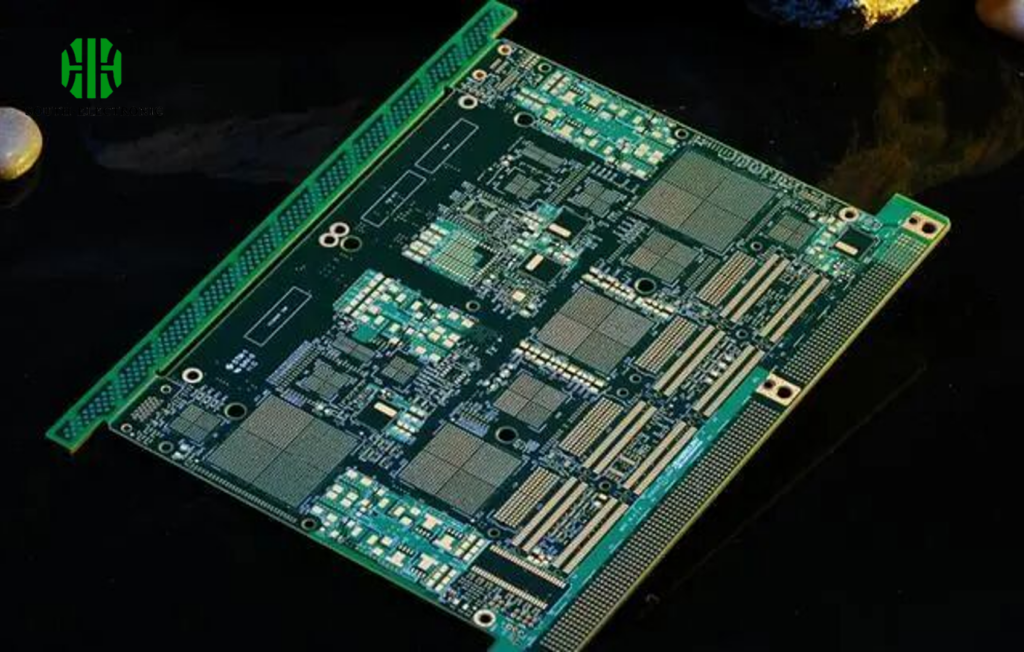
Key Functional Differences
Understanding this separation enhances manufacturing decisions. We examine three critical contrasts:
| Feature | Laminate | Core |
|---|---|---|
| Composition | Base material + copper foil | Pre-bonded rigid substrate |
| Stage of Use | Raw material prep stage | Structural assembly phase |
| Purpose | Creates conductive pathways | Forms board’s framework |
Laminate starts as basic building material. PCB laminate manufacturers supply sheets before processing. During fabrication, layers get pressed with heat. This transforms laminates into permanent cores. Core thickness matters for impedance control. Flexible designs skip rigid cores altogether. This distinction matters for pcb laminate manufacturing process planning. High-frequency boards need precise dielectric properties.
Which PCB laminate properties matter most for design?
Frustrated by unexpected PCB failures? Overlooking properties invites disaster. Prioritize these key traits.
Thermal conductivity prevents overheating disasters. Dielectric constant controls signal integrity. Moisture absorption ensures reliability. Flexural strength handles mechanical stress. Every application demands different combinations.
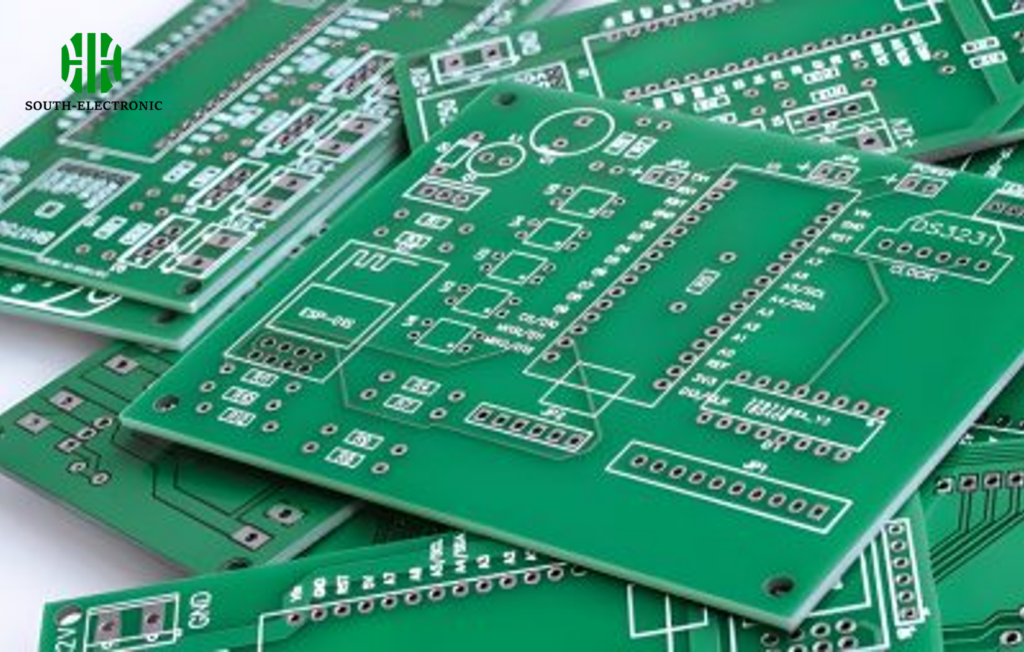
Performance Tradeoff Matrix
Different designs emphasize varied characteristics. Consider this priority guide:
| Requirement | Top Properties | Negligible Traits |
|---|---|---|
| High-Speed Circuits | Dielectric constant consistency | Flexural strength |
| Power Electronics | Thermal conductivity | Aesthetic appearance |
| Wearable Tech | Flexibility & thinness | Maximum operating temperature |
| Budget Products | Cost per square foot | Ultra-low signal loss |
Material selection determines success. Pcb laminate vs prepreg[^2] choices affect layer stability. Rogers materials deliver stable Dk values. FR-4 suits cost-sensitive projects. Pcb laminate thickness controls impedance and heat dissipation. Always request test reports from pcb laminate manufacturers[^3] in india or globally. Measure Tg points for reflow safety margins. Military specs demand extreme moisture resistance.
What factors affect PCB laminate cost?
Facing unexpected material expenses? Multiple variables spike prices. Master these to control budgets.
Base resin composition changes costs dramatically. Copper foil thickness impacts material expense. Specialized treatments add premiums. Volume discounts reduce per-unit prices. High-frequency materials cost ten times more.
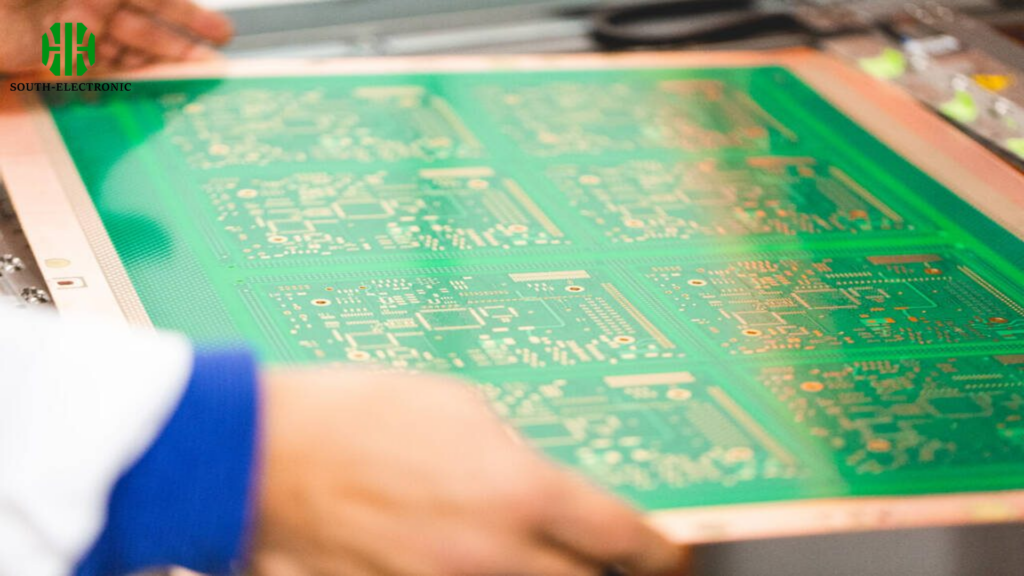
Cost Optimization Strategies
Smart sourcing decisions save money. Balance quality against expense:
| Cost Factor | High-Cost Examples | Budget Alternatives |
|---|---|---|
| Material Type | PTFE/Teflon laminates | Standard FR-4 grades |
| Copper Weight | 3oz+ heavy copper boards | 1oz standard copper |
| Certifications | Military-grade qualifications | Commercial-grade materials |
| Volume Commitment | Small prototype batches | Full panel utilization |
| Lead Time | 24-hour rush production | Standard 2-week manufacturing |
Premium pcb laminate material like polyimide costs more. Pcb laminate types with halogen-free formulations increase prices. Production volumes matter – large orders lower unit costs. Thicker materials consume more resin. India-based suppliers may offer regional discounts. Request quotes during pcb laminate manufacturing process planning. Avoid overspecifying dielectric properties unnecessarily. Simple designs use thinner laminates wisely.
Conclusion
Choose PCB laminates based on application needs. Balance properties and cost carefully. Master thermal, electrical and mechanical requirements.
[^1]: Understanding PCB laminate is crucial for effective circuit design and ensuring reliability in electronic applications.
[^2]: Understanding prepreg is vital for grasping multilayer PCB construction and ensuring structural integrity.
[^3]: Explore top PCB laminate manufacturers to find reliable suppliers for your electronic projects.

